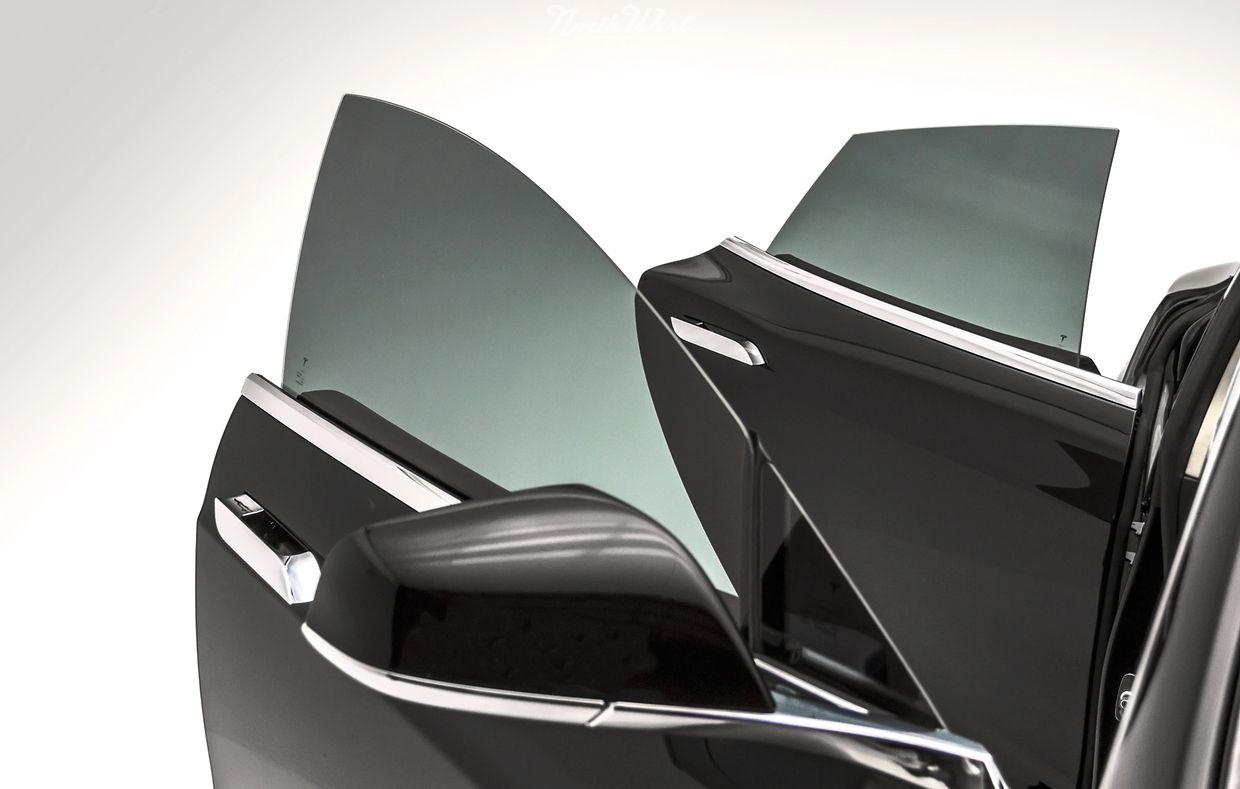Your Comprehensive Guide to DIY Home Window Tinting: Idea
Undertaking a DIY home window tinting project presents a chance to boost both the performance and aesthetics of your space. Before getting started on this undertaking, it is critical to browse the complexities of local tinting guidelines and select a proper film that straightens with your purposes.
Comprehending Home Window Tinting Rules
Browsing the intricate landscape of window tinting regulations is necessary for any do it yourself lover looking for to boost their vehicle's visual appeals and convenience. Each state in the U.S. has specific laws concerning the permitted levels of color on different home windows, which can dramatically affect your decision-making procedure.
Commonly, these legislations determine the maximum allowed Visible Light Transmission (VLT) portion, which refers to the quantity of light that can travel through the tinted home windows. For instance, some states permit only a certain percent of color on the front windscreen, while permitting darker tones on back windows. Compliance with these laws is important, as failure to adhere can result in penalties or the requirement to eliminate the color entirely.
In addition, there are usually distinctions in between traveler lorries and industrial vehicles, with various policies relating to each classification. It's recommended to consult your local Department of Motor Automobiles or equal authority to gather precise info customized to your place. Understanding these legislations not only makes sure lawful conformity yet also improves safety and security by keeping exposure and protecting against prospective risks while driving.
Picking the Right Tint Movie
Picking the appropriate color film is an important action in the do it yourself home window tinting procedure, as it straight affects both the look and capability of your vehicle's home windows. Numerous variables should guide your choice, consisting of the type of movie, its legal compliance, and your preferred end results.
First, consider the various types of tint films available: dyed, metalized, ceramic, and crossbreed. Metalized movies use boosted warm denial and longevity yet can interfere with electronic signals.
Next, guarantee that the movie follows local regulations concerning visible light transmission (VLT) percentages. Conformity with these regulations is critical to avoid fines and guarantee safety.
Vital Devices for Do It Yourself Tinting
Having picked the right tint movie for your windows, the next action involves gathering the needed tools to ensure a successful installment. The primary tools you will certainly require include an energy knife or a razor blade, which is crucial for reducing the tint film to the wanted dimension. A squeegee is likewise vital, as it assists remove air bubbles and ravel the film during application.

Moreover, think about using a heat gun or hairdryer, as this can aid mold and mildew the tint film to the shapes of the home window and assist in adherence. Gloves are suggested to stay clear of fingerprints on the film during installment. By collecting these necessary tools, you will be well-prepared to tackle your DIY home window tinting job successfully.
Step-by-Step Application Process
Begin by completely cleansing the window surface area to guarantee optimum bond of the color film. When the home window is clean, gauge the tint movie versus the window, permitting for a small overlap on all sides.
Gently spray the home window surface area and the adhesive side of the film. Very carefully line up the movie with the top of the window, guaranteeing it is straight. Utilize a squeegee to smooth the movie, applying company, even stress.
Trim any kind of excess film from the sides More hints with your utility blade. Permit the color to cure for at the very least 24 hours without rolling down the home windows. This step is crucial for making sure a durable application. Follow these actions faithfully for optimum cause your DIY home window tinting job.
Upkeep and Treatment Tips

It's recommended to wait a minimum of see this site a week after setup prior to cleansing your home windows to permit the glue to completely heal. Throughout this first duration, stay clear of rolling down the home windows to avoid any kind of damages to the tint.
Routine maintenance includes inspecting the edges of the color for any kind of indicators of gurgling or raising. If you see any issues, it's finest to resolve them without delay to stay clear of more deterioration. In addition, beware with the usage of home window therapies, such as shades or curtains, as they can create heat that could compromise the tint over time.
Conclusion
In conclusion, undertaking a do it yourself window tinting task demands mindful factor to consider of neighborhood laws, option of proper tint films, and the utilization of vital tools. An organized application procedure makes certain optimum outcomes, while routine upkeep adds to the durability of the tint - Moro Auto Spa click here for more info Window Tinting. By adhering to these standards, people can accomplish both aesthetic improvement and enhanced personal privacy in their areas, making DIY home window tinting a useful endeavor